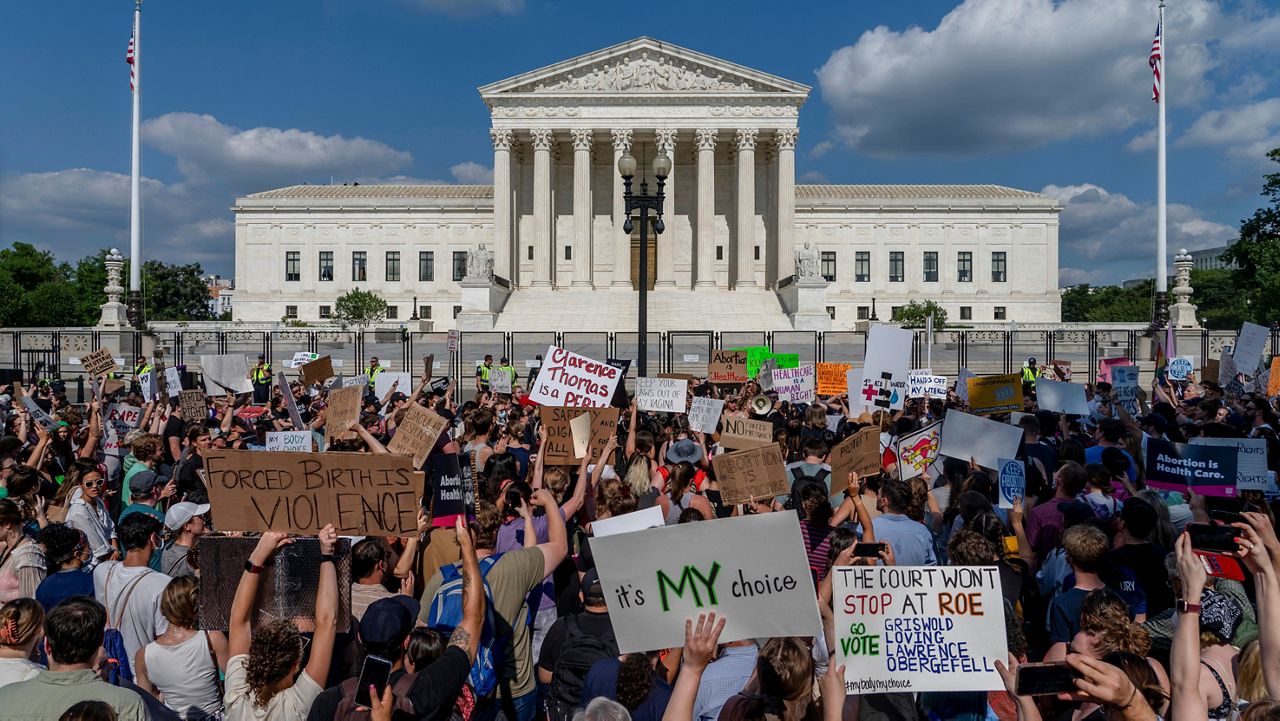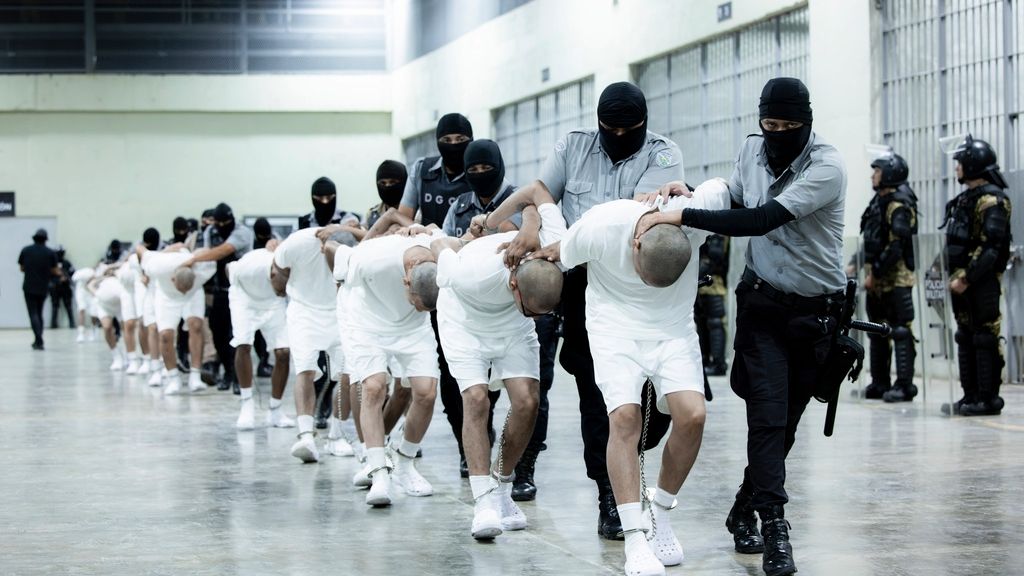SAN ANTONIO — “Dawn of a New Era” is the newest exhibit inside the Bexar County Courthouse.
“This is the first permanent exhibit in the Bexar Heritage Center since it opened in 2019,” said Mari Tamez, the outreach manager for the center.
Tamez says this exhibit highlights a history that’s sometimes hidden.
Visitors can interact with the exhibit — exploring the history of African Americans in San Antonio dating back to the 1500s.
“We’ve got QR codes that can link you to additional information,” Tamez said. “We’ve got one on Bexar County in civil rights. We got one of Bexar County during the Civil War.”
Like most southern cities, San Antonio wasn’t exempt from Jim Crow laws.
“Within the courthouse, there was separate stocks of furniture,” said Dr. David Carlson, an archivist at the Bexar County Clerk’s Office. “Some for white patrons and some from Black patrons.”
Carlson says when President Harry S. Truman integrated the U.S. armed forces in 1948, the Air Force was the first to comply, creating a dilemma in Military City USA as servicemen left base.
“What happens when group of servicemen all together from an integrated armed forced show up and they want to eat together?” questioned Carlson. “But the policy the eatery is it’s for white patrons, and African American patrons, Black patrons have to sit elsewhere. But they’re all wearing a uniform. What then?”
While some lunch counters closed completely, as boycotts spread across the south in the 1960s, locally, the department store Sears, Roebuck and Co. quietly integrated.
But it was a 17-year-old college student Mary Lillian Andrews who wrote a letter urging other restaurants to end segregated lunch counters — or prepare for 1,500 students to protest.
“The 16th of March 1960, that San Antonio has seven downtown department stores voluntarily desegregate,” said Carlson.
The Kress Building lunch counter was the first to integrate that day, followed by the Woolworth Building. Over 60 years later, the historic Kress Building is now owned by the San Antonio African American Community Archive and Museum.
“There’s an expectation that the holdouts are going to voluntarily desegregate,” said Carlson. “Unfortunately, not all of them do.”
In the 1960s, Joske’s Department Store held out, sparking protests outside the store’s fine dining restaurant, the Camilla Room, which led to violence.
“A white patron slaps an African American reverend who is picketing the Camilla Room,” said Carlson.
Both men were arrested but later acquitted.
Voluntary and peaceful integration wasn’t common during the Civil Rights Movement. Baseball player and civil rights icon Jackie Robinson was quoted as saying that San Antonio set the example for race relations that other southern cities should follow.
“In 1965, San Antonio was desegregated city on paper legally, and the lunch counter protest were a part of that,” said Carlson.












